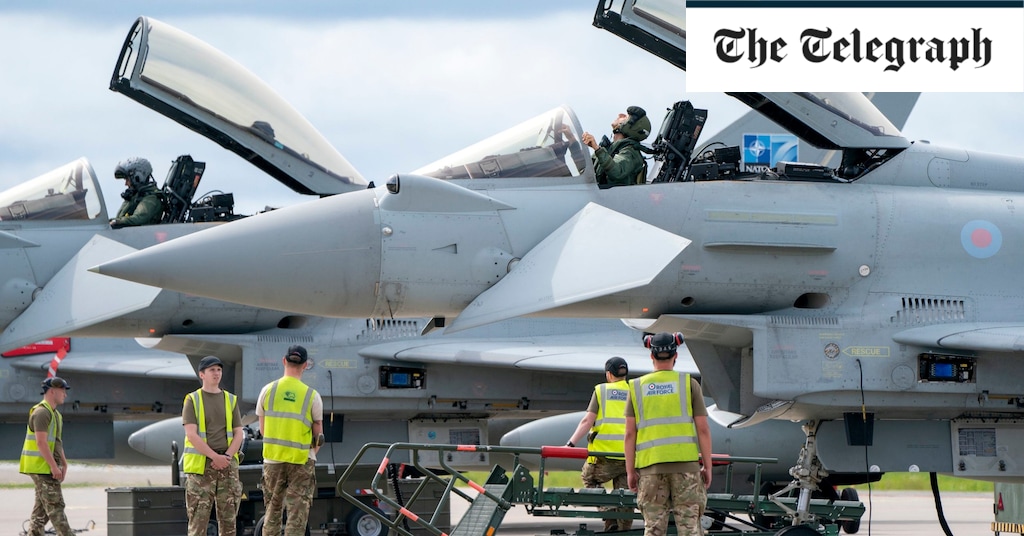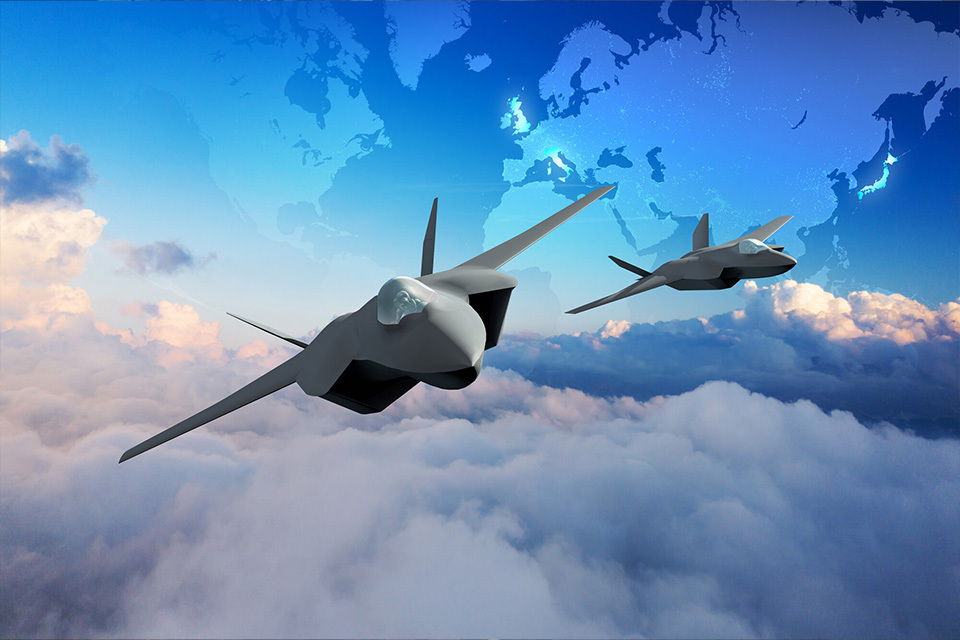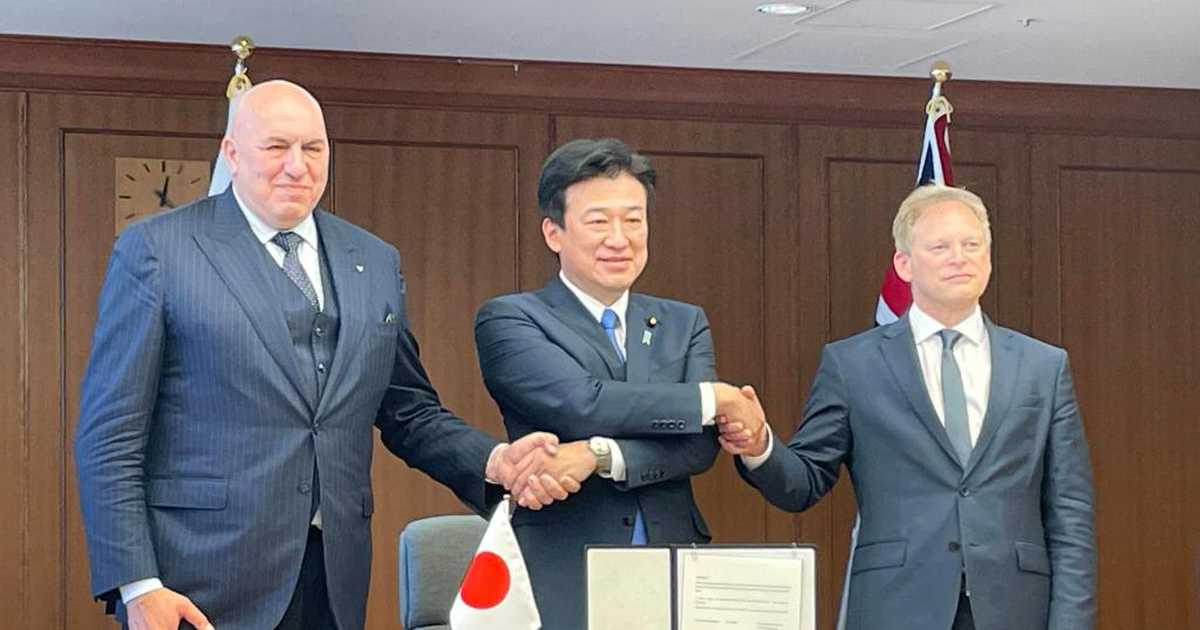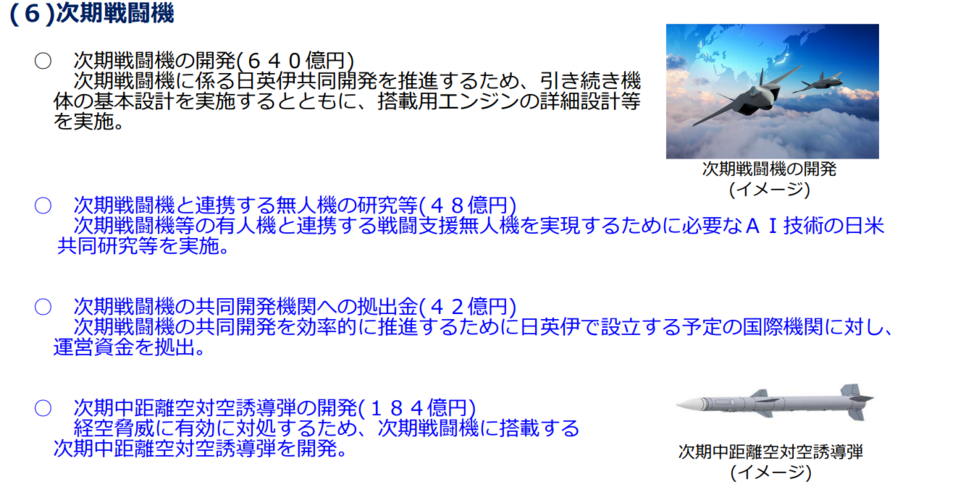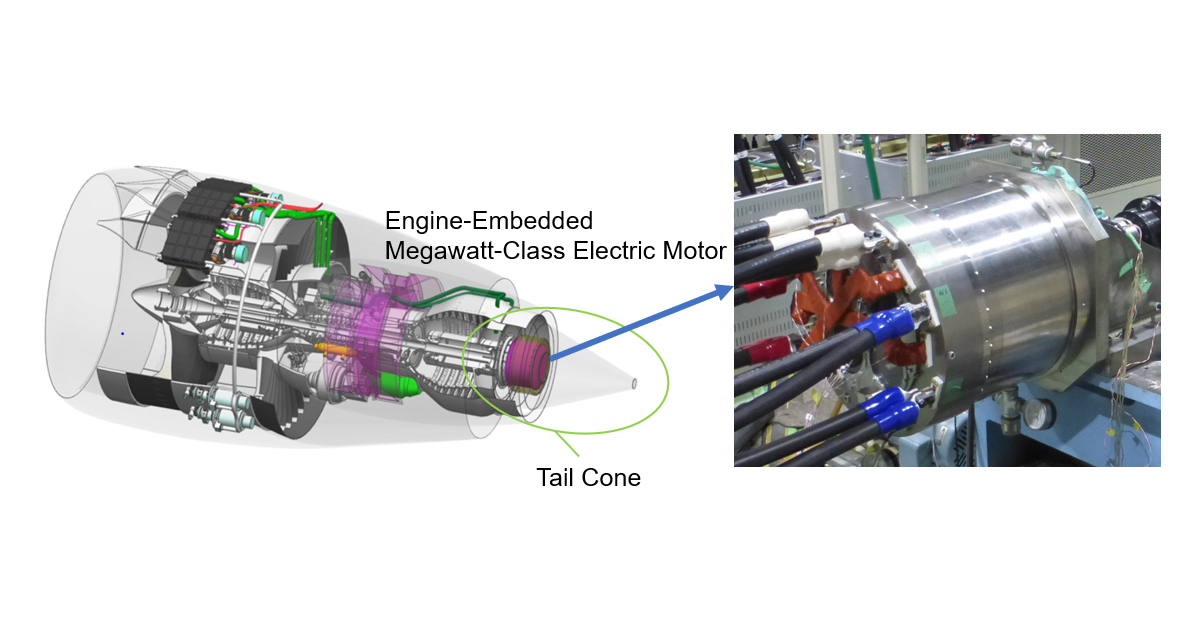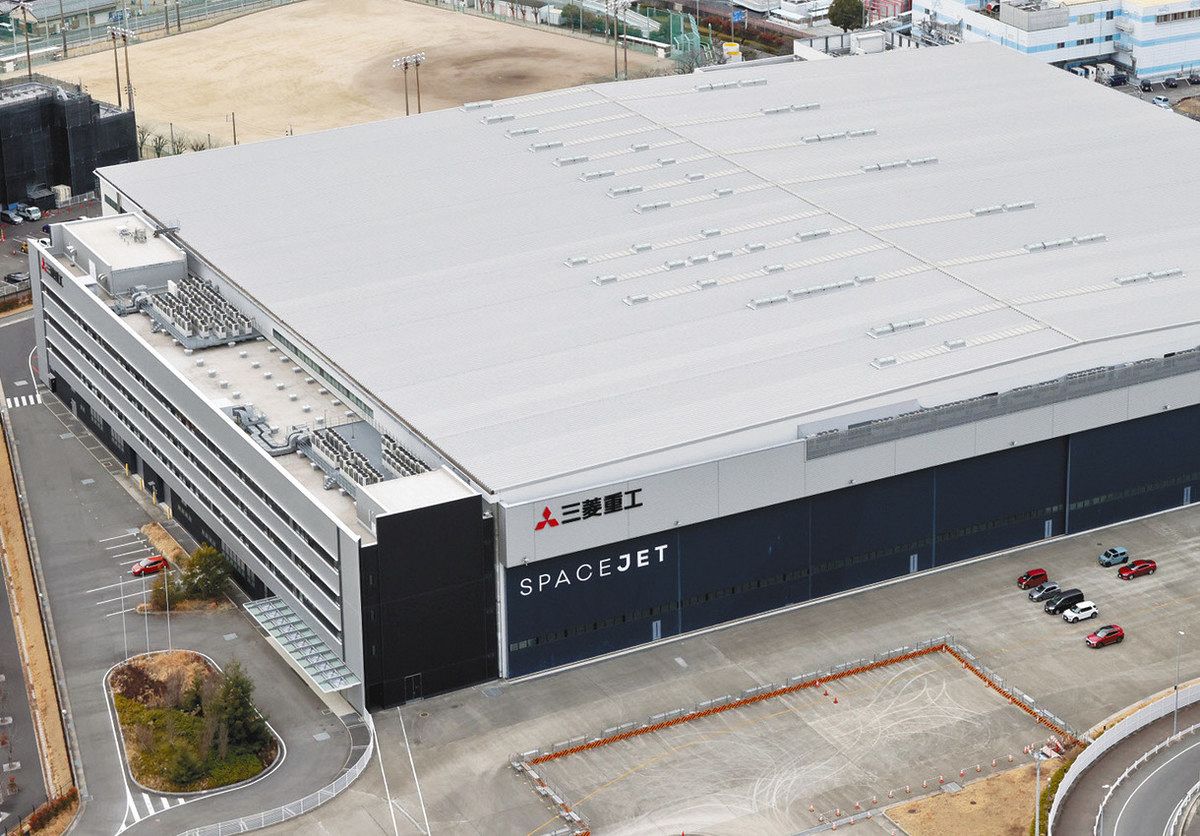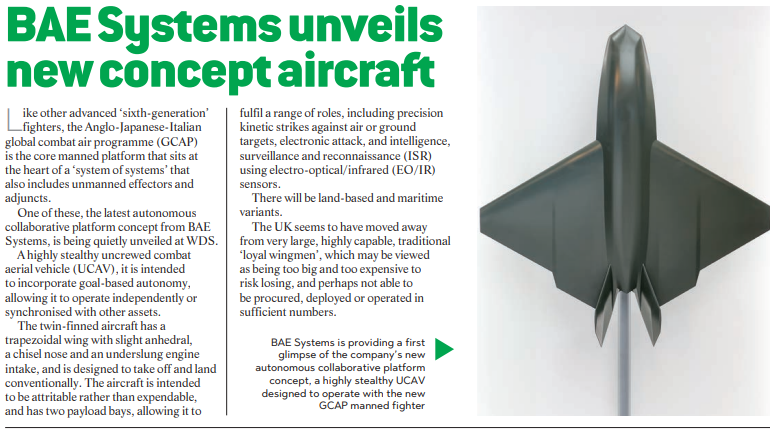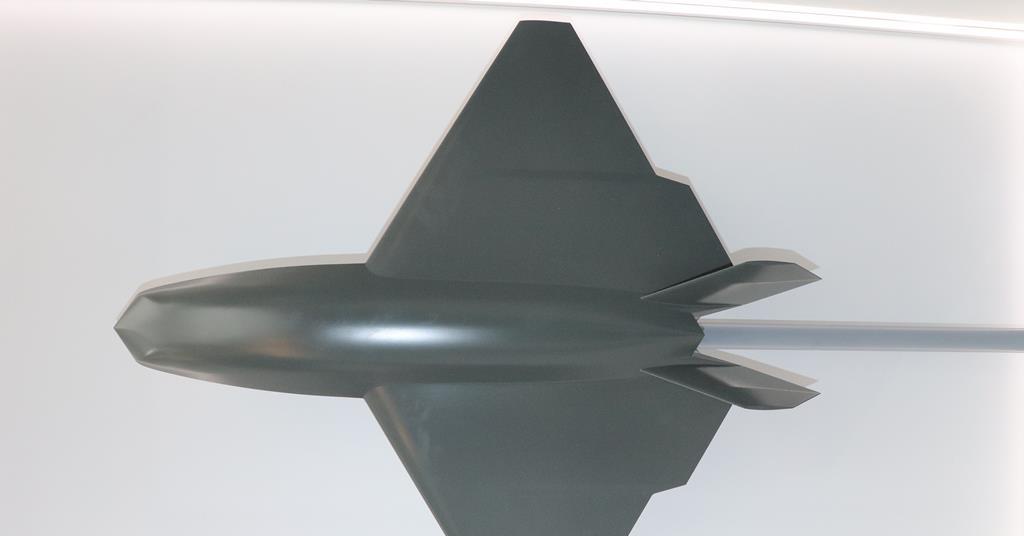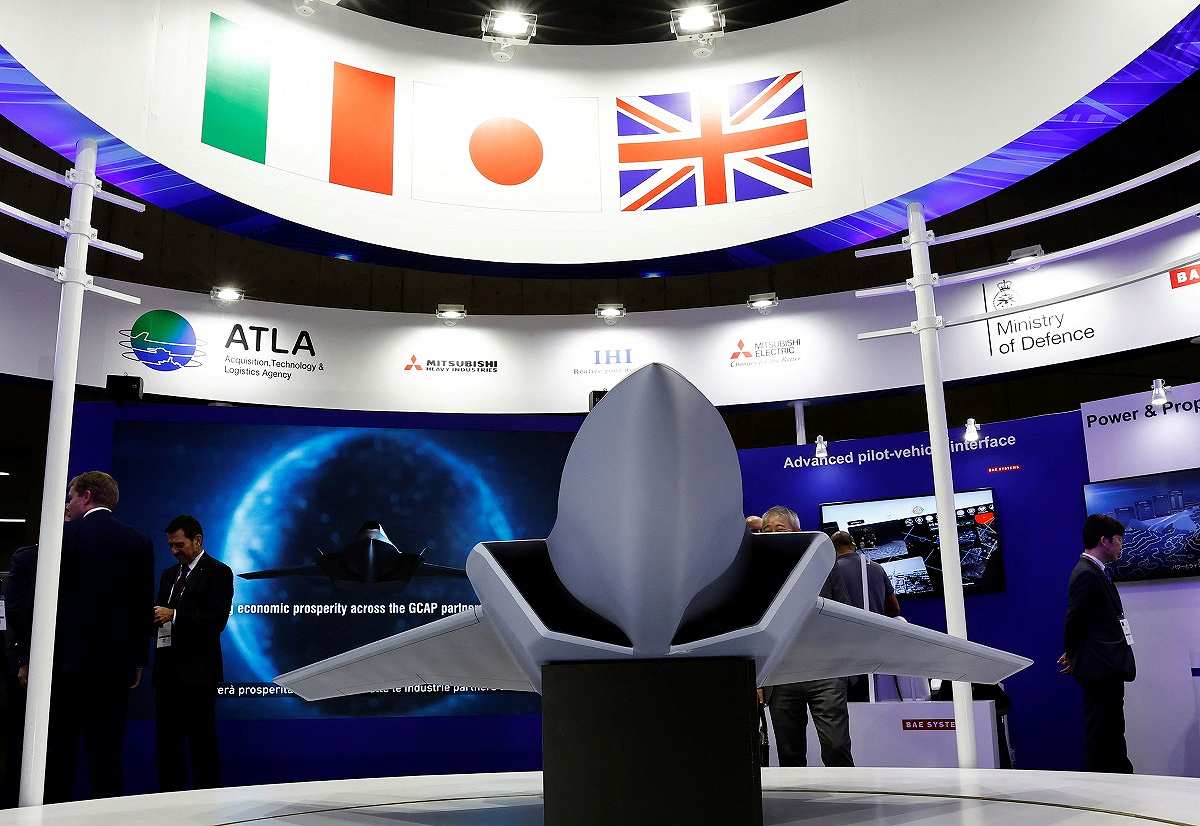
Japan, UK, Italy to Send Hundreds of Officials to New Organization for Fighter Jet Development; Plan to Be Agreed Thursday
Defense Ministers of Japan, the United Kingdom and Italy will agree to establish an international organization called GIGO for their planned joint development of a next-generation fighter jet at a meeting held in Tokyo on Thursday, according to government sources. Final arrangements are being...
“Defense Ministers of Japan, the United Kingdom and Italy will agree to establish an international organization called GIGO for their planned joint development of a next-generation fighter jet at a meeting held in Tokyo on Thursday, according to government sources. Final arrangements are being made to send several hundred government officials from the three countries to the organization.”

